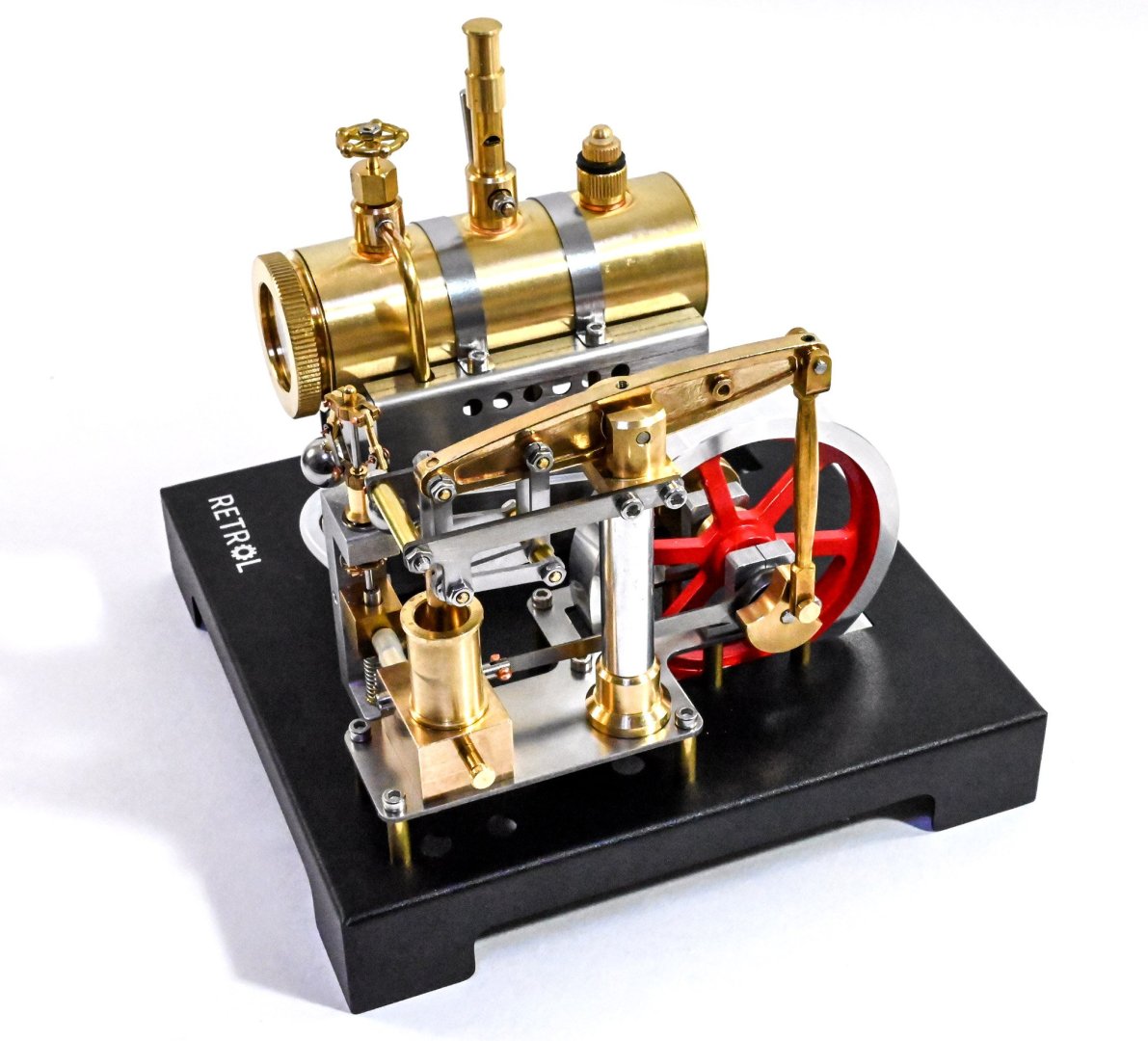
Full Metal Beam Engine Steam Engine (RETROL)- EngineDIY & Model Ship World
A beam engine is a type of steam engine where a pivoted overhead beam is used to apply the force from a vertical piston to a vertical connecting rod. This configuration, with the engine directly driving a pump, was first used by Thomas Newcomen around 1705 to remove water from mines in Cornwall. The efficiency of the engines was improved by engineers including James Watt, who added a separate condenser; Jonathan Hornblower and Arthur Woolf, who compounded the cylinders; and William McNaught, who devised a method of compounding an existing engine. Beam engines were first used to pump water out of mines or into canals but could be used to pump water to supplement the flow for a waterwheel powering a mill. They also could be used to power steam ships.
The first steam-powered ships used variants of the rotative beam engine. These marine steam engines – known as side-lever, grasshopper, crosshead, or 'walking beam', among others – all varied from the original land-based machines by locating the beam or beams in different positions to take up less room on board ship.
The kit
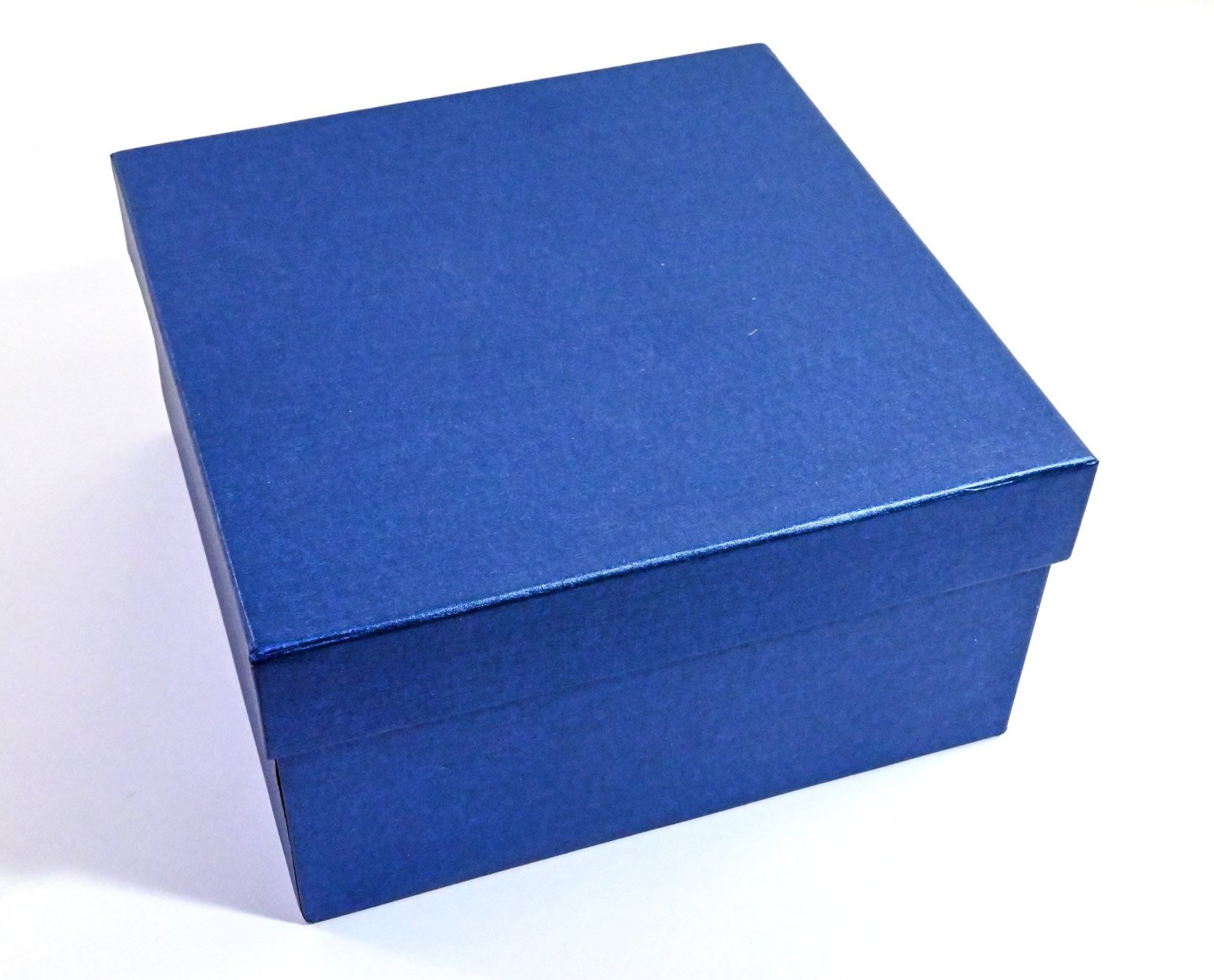
This steam engine kit comes in quite an anonymous and thick gauge cardboard box with absolutely no label! The box itself is reasonably heavy too, weighing in at just under 2kg. Lifting that lid off immediately shows the colour printed instruction sheets which are sat on a sheet of foam which protects the two trays of parts underneath.
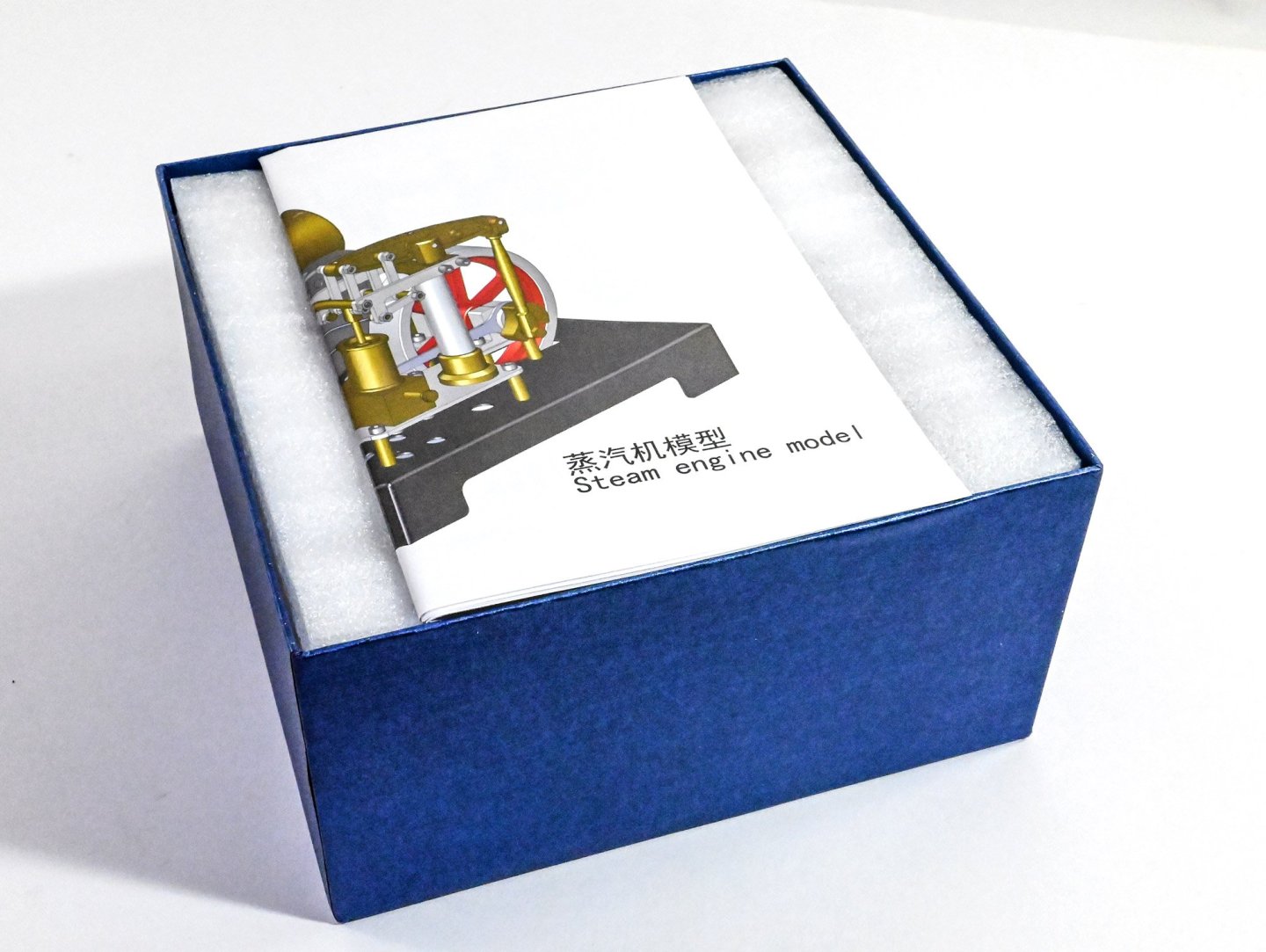
This kit contains 84 parts, inclusive of screws etc. All parts are sat in foam cutouts which provide excellent protection for the assemblies and parts. I say assemblies, because I see this as more of a semi-kit in that a number of elements are pre-built, and the idea is to assemble these to the individual parts, which are all then mounted on a metal base.
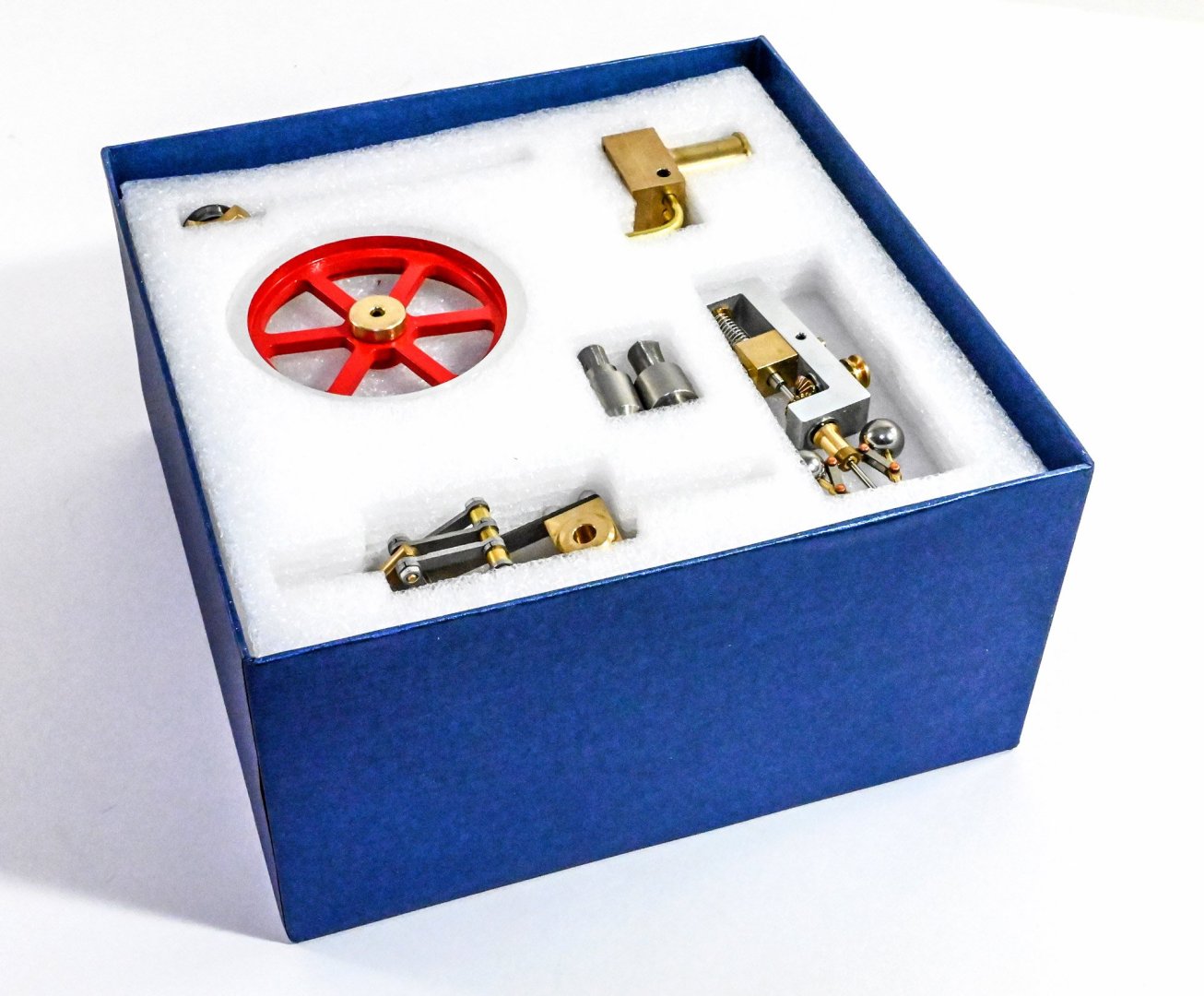
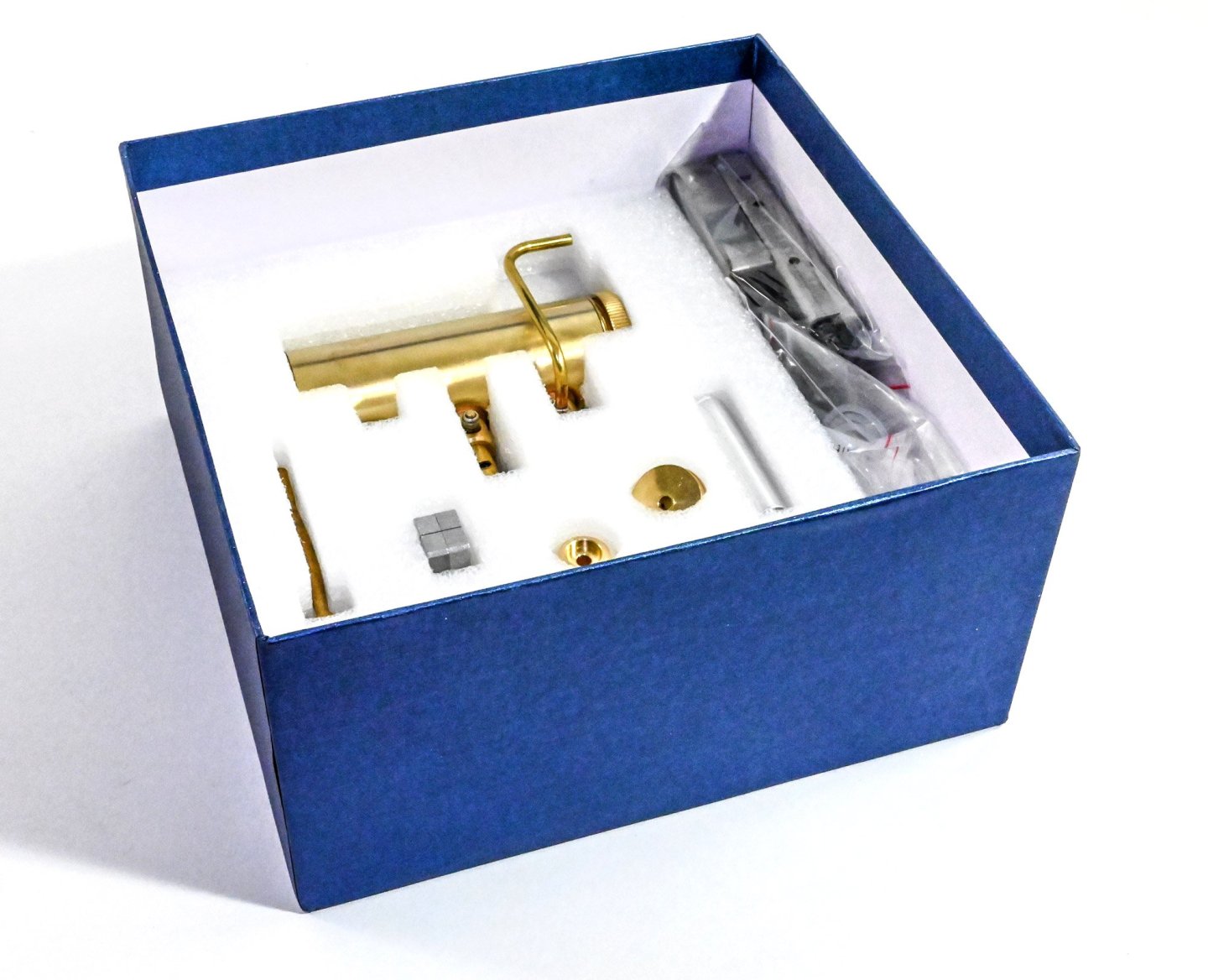
A number of the parts are in plastic sleeves. These are the ones made from stainless steel, and are for building the boiler's mounting chassis, and also the fuel/igniter tray.
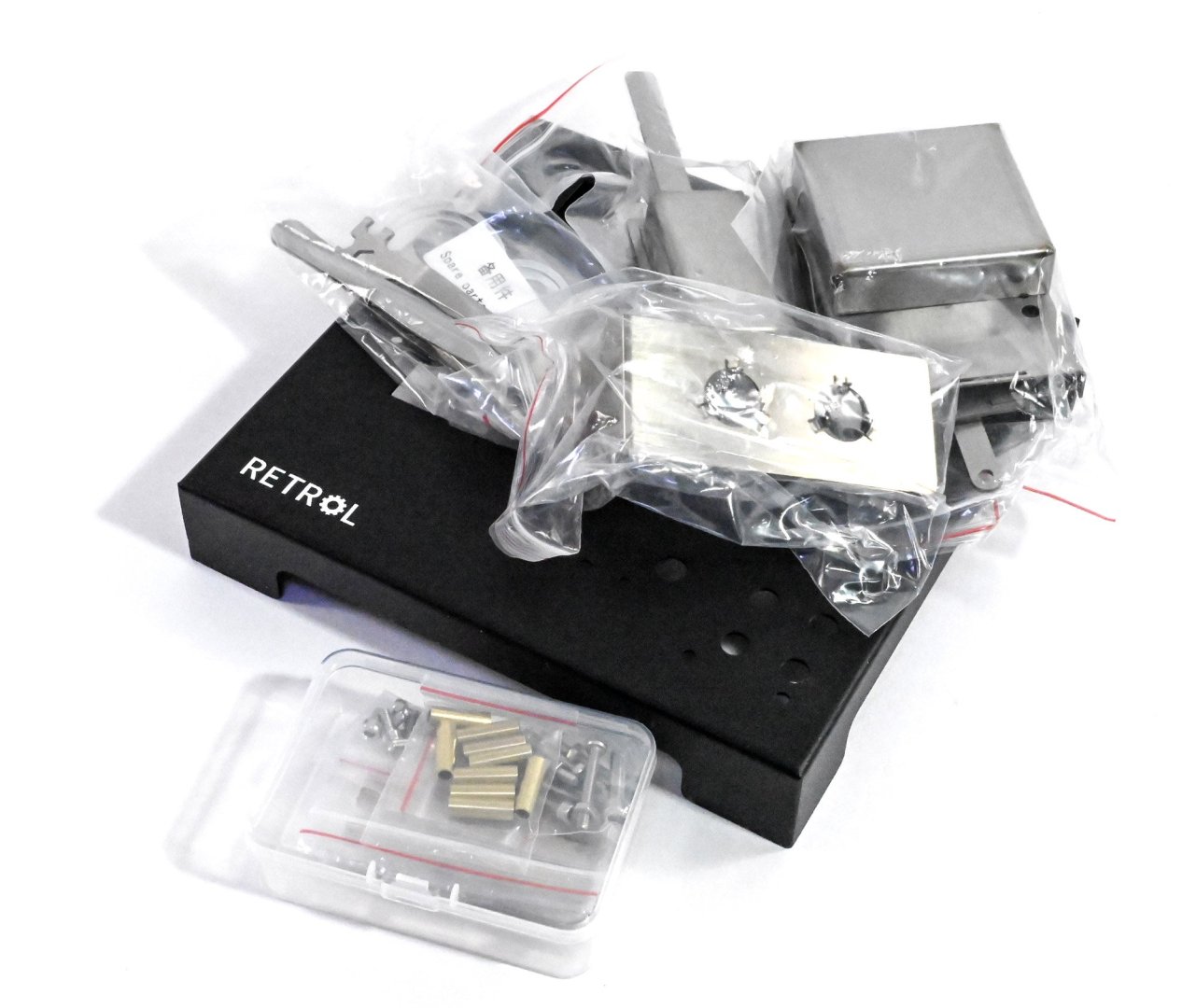
Work starts on mounting a number of parts to a metal stand-off frame which will eventually mount to the main plinth. This includes the piston mount/condensation block, and the column for the cross beam. Hex keys are provided for the bolts, as well as a spanner with various sized jaws for various nuts etc.
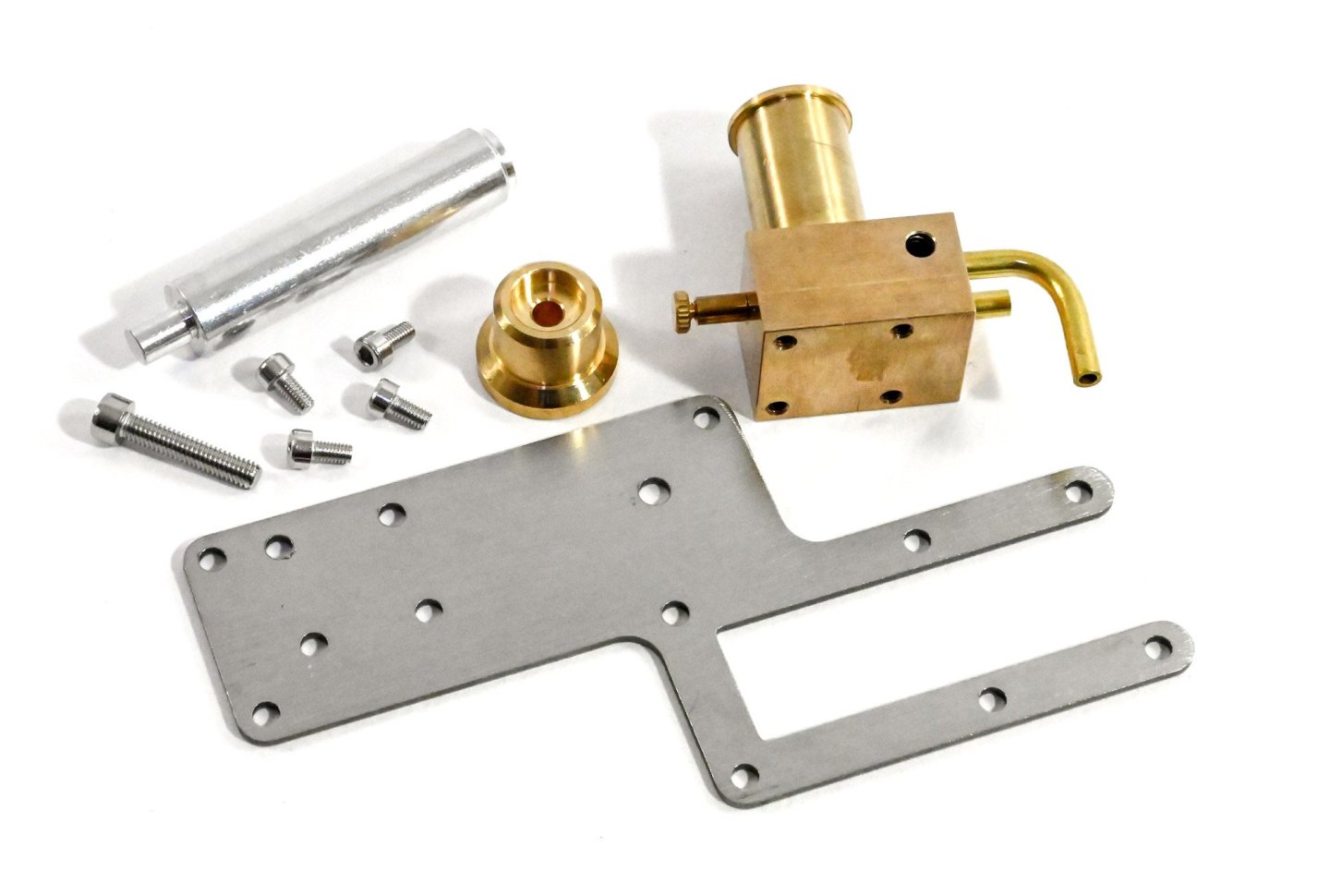

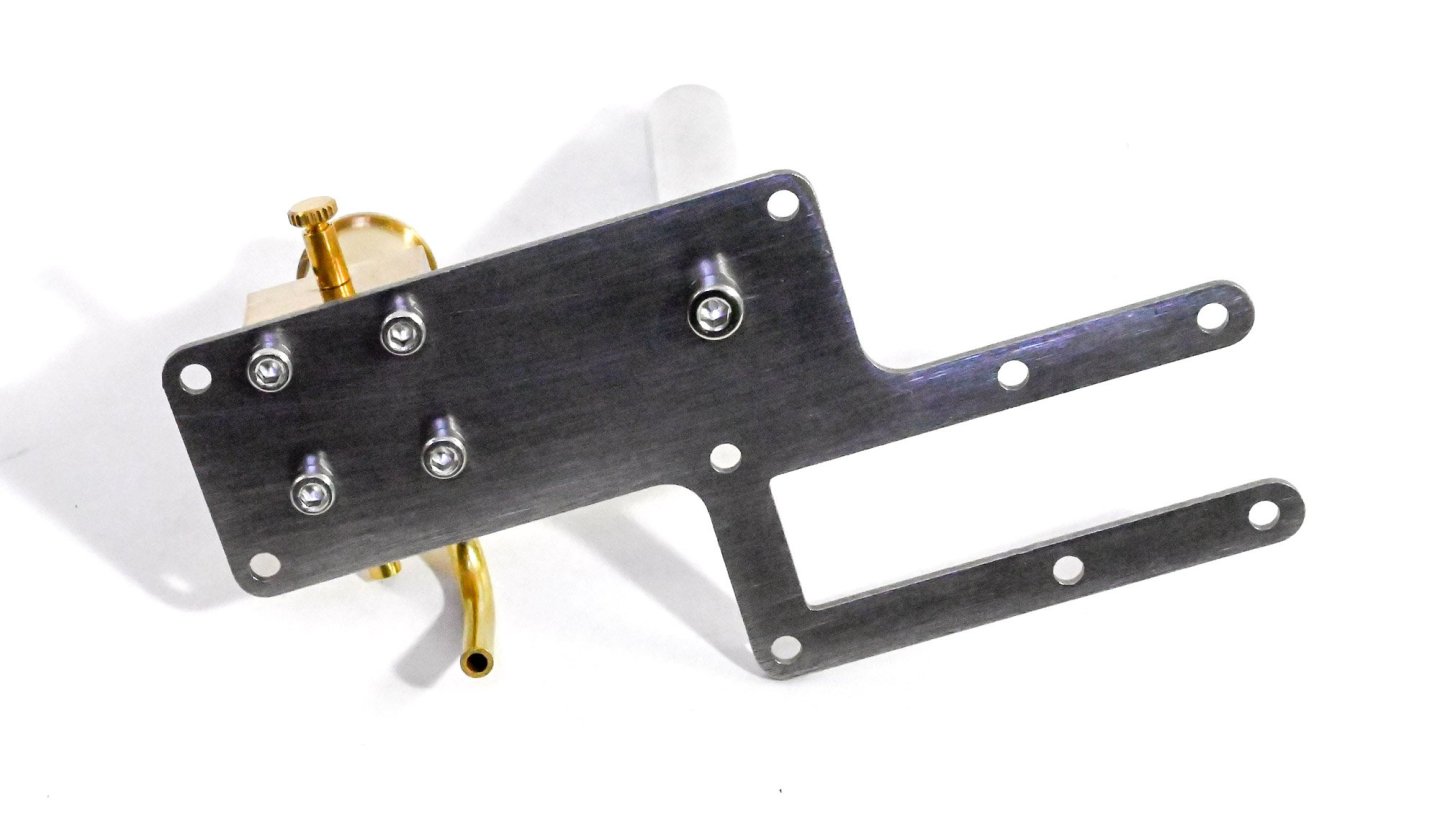
This assembly can now be mounted to the main plinth. This is done via a series of brass stand-offs. I'll also now fit the two fly wheel mounts.

Leave a comment